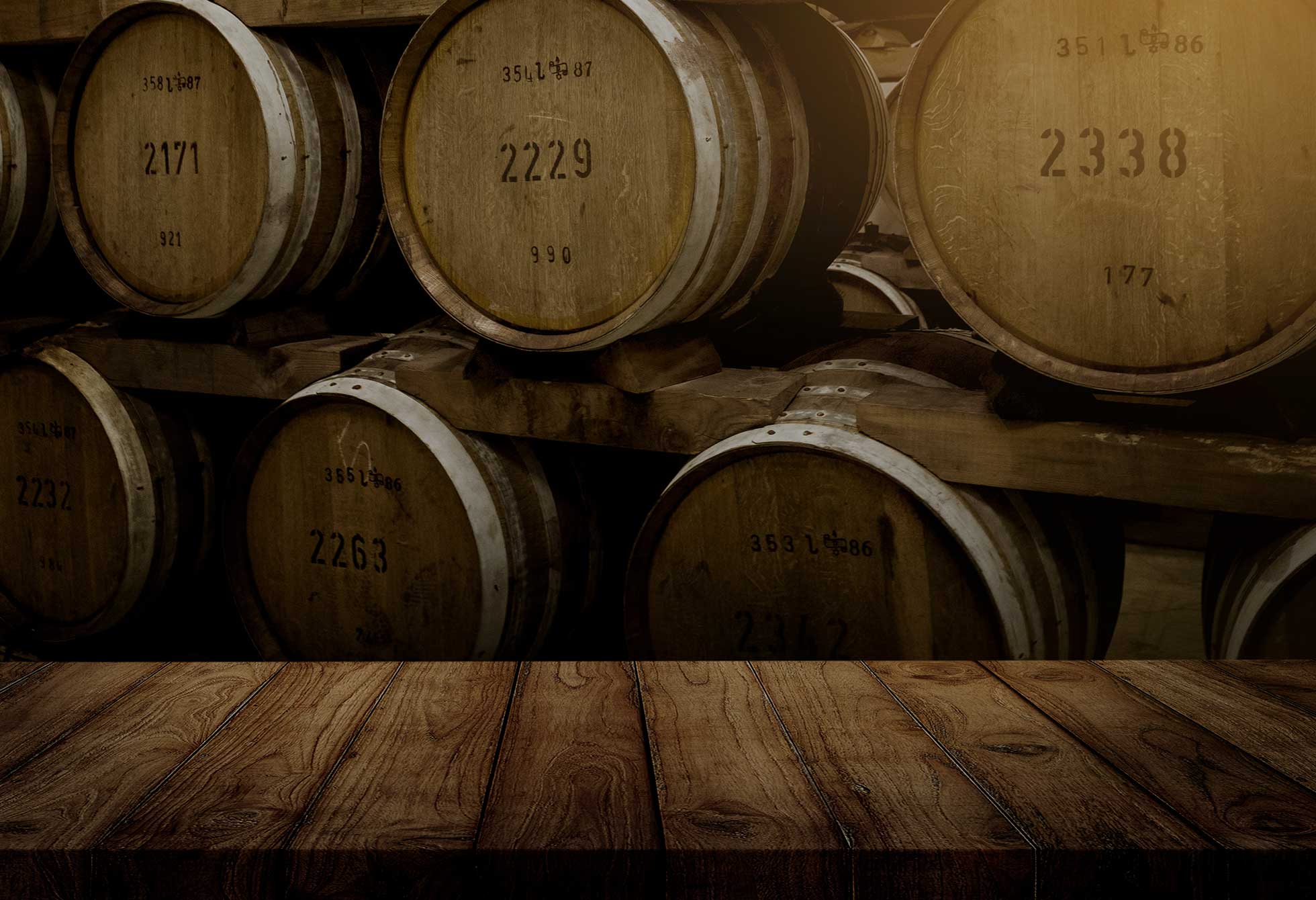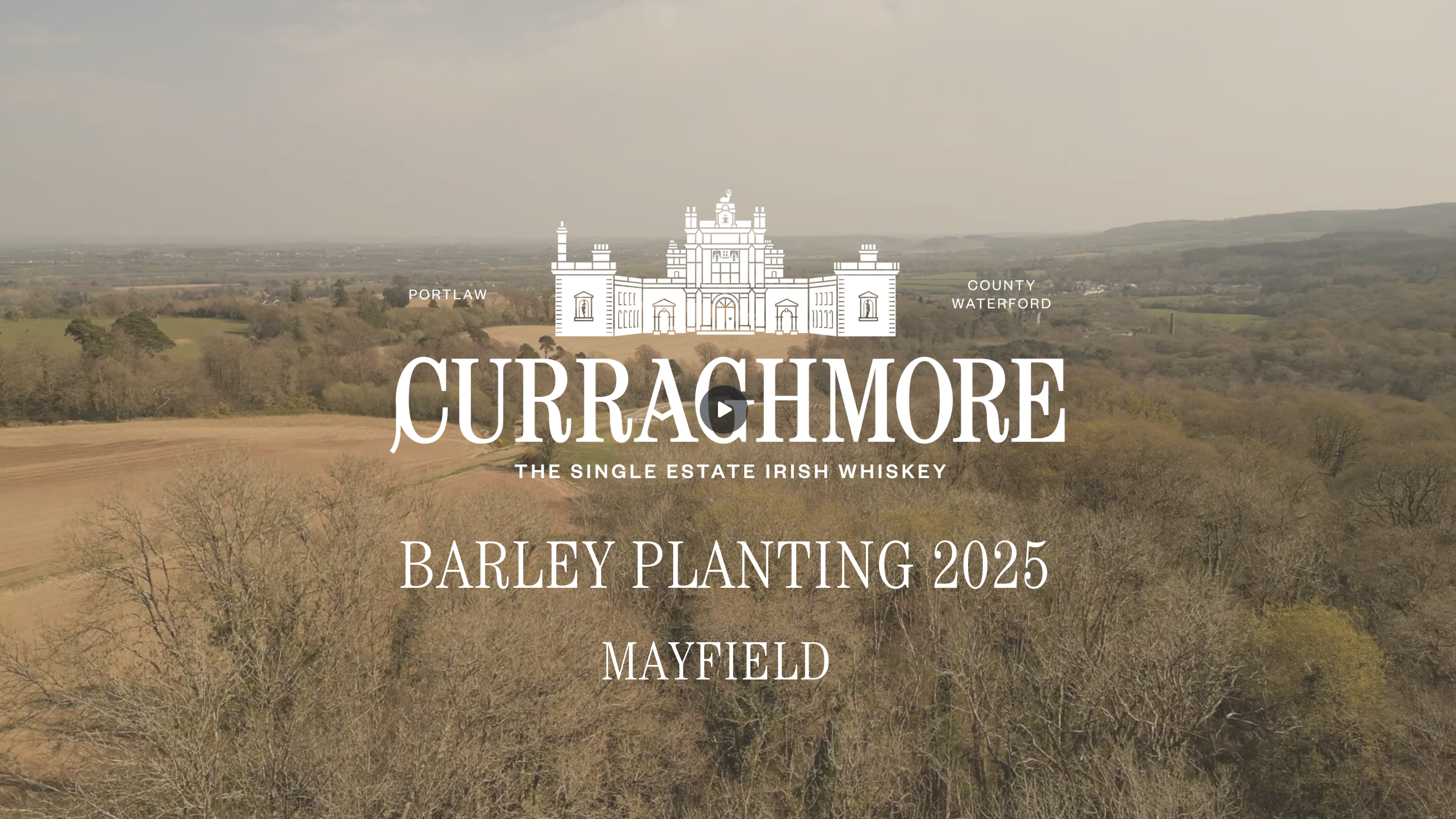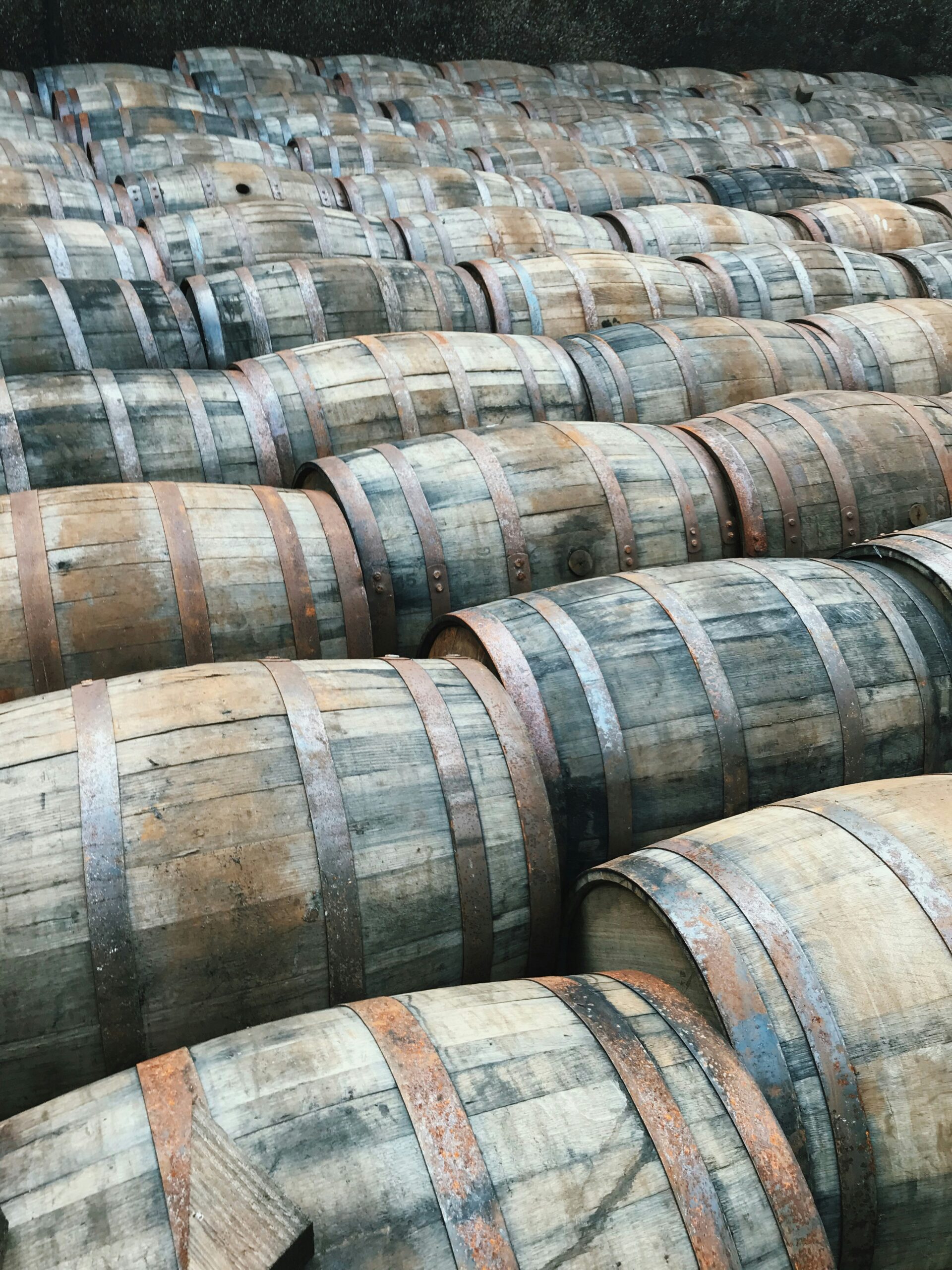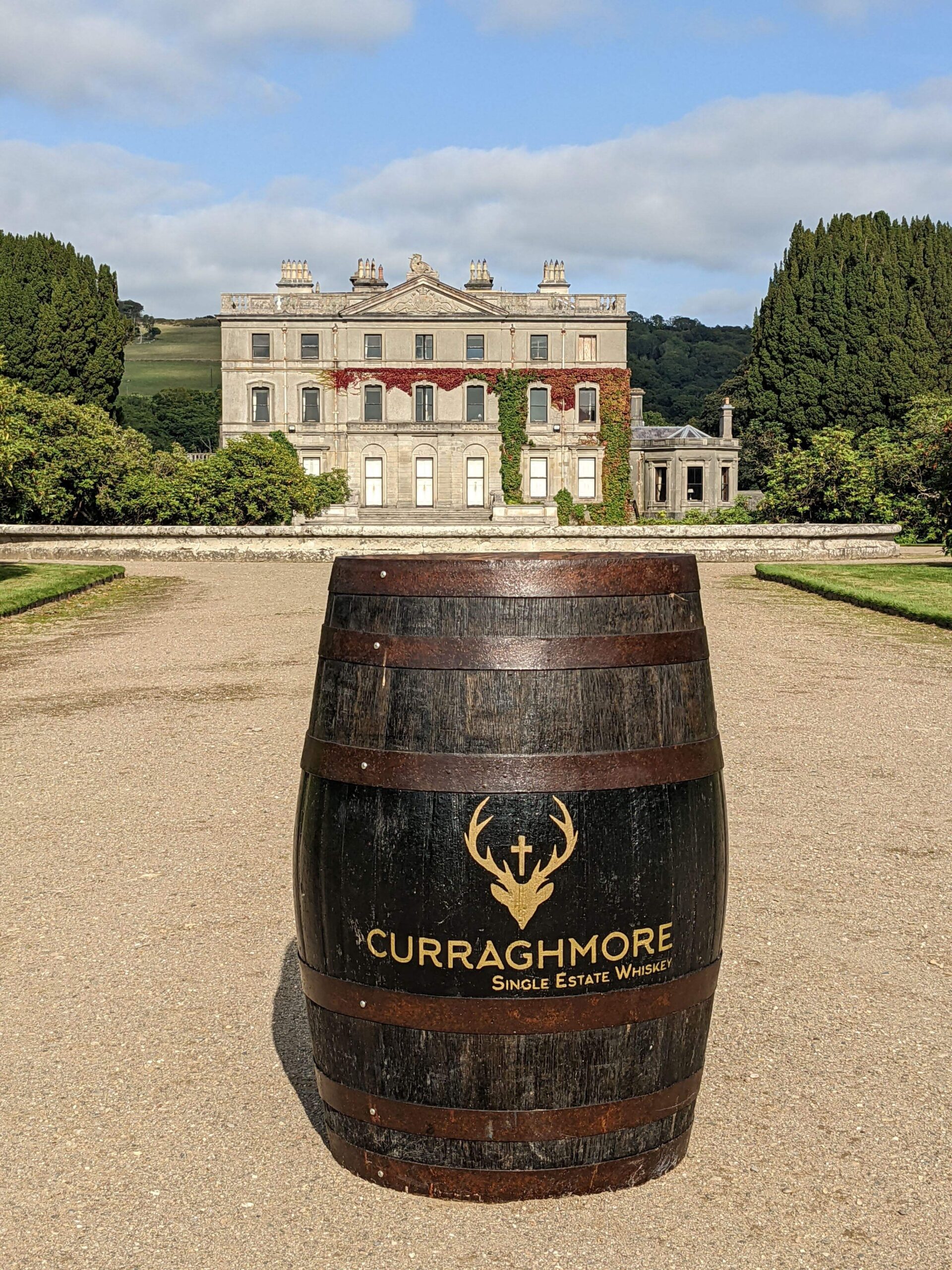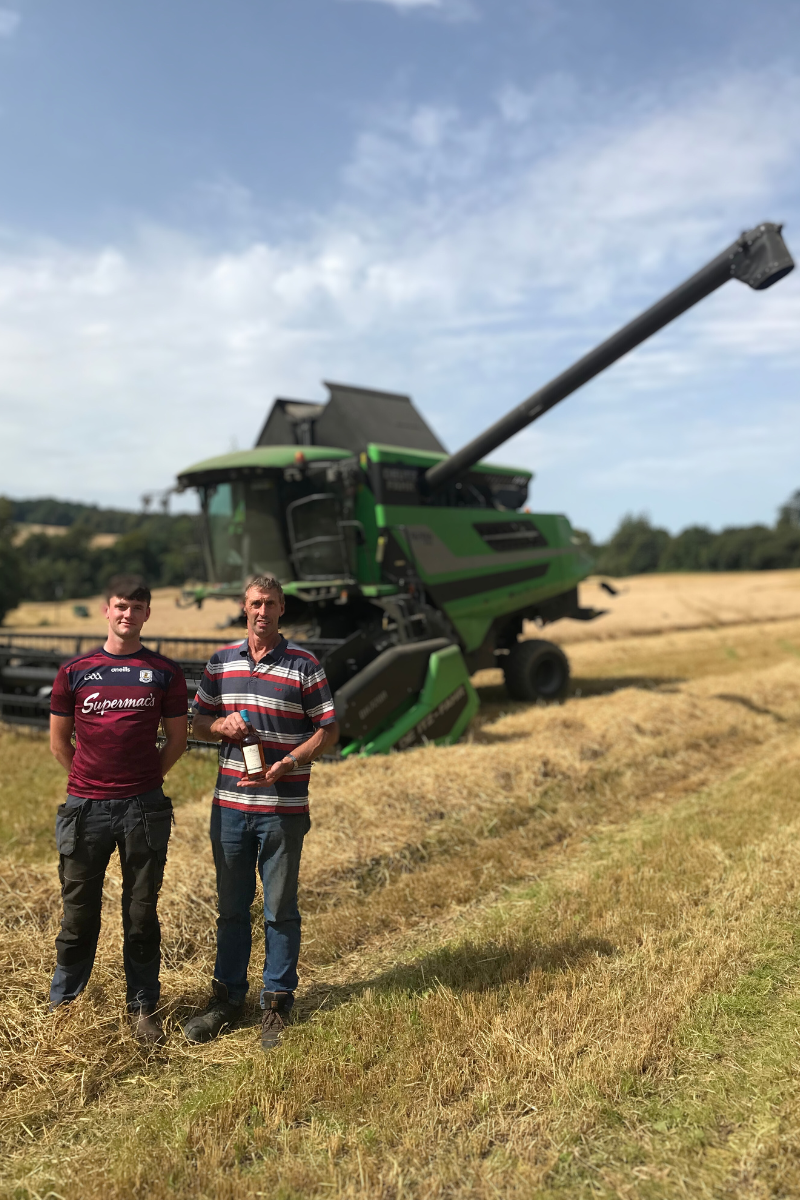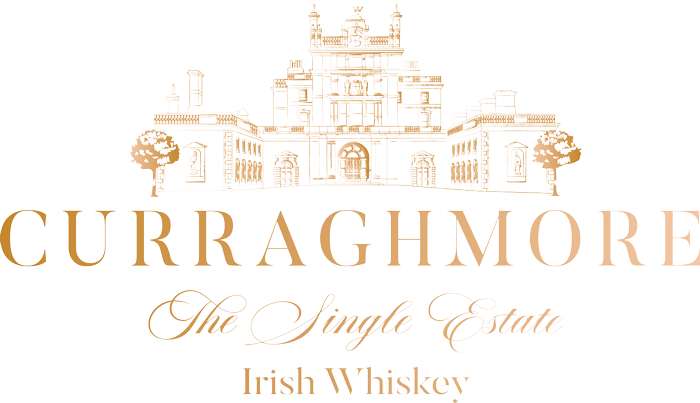What Is Pot Still Whiskey? Discover Ireland’s Signature Style at Curraghmore Estate
What Is Pot Still Whiskey? When you hold a glass of Curraghmore Whiskey in your hand, you’re not just enjoying a fine Irish spirit – you’re tasting centuries of agricultural tradition, noble stewardship, and a distinctly Irish method of whiskey making: Pot Still distillation. But what exactly is Pot Still Whiskey, and why does it […]
Spring Barley Update: Flourishing Fields at Curraghmore Whiskey
As we step into early summer, we’re delighted to share a thriving update from Curraghmore Whiskey’s barley fields. Here you can see the Mayfield, carefully planted with Amity and Gangway variety barley earlier this spring. May has delivered exceptional weather, creating ideal growing conditions that our barley clearly adores! The past month saw remarkable warmth […]
Planting Curraghmore Whiskey Barley in the Mayfield
There’s something truly magical about planting season at Curraghmore, especially when Mother Nature grants us weather as beautiful as we’ve had lately. Under radiant skies, our dedicated team has been busy planting Amity and Gangway barley in the picturesque Mayfield, setting the stage for another exceptional whiskey-making season. This year, the conditions have […]
Curraghmore Casks Update
We’re thrilled to share that our Curraghmore oak casks—crafted from sustainably felled Irish oak grown right here on the estate—have been carefully seasoned in Spain and are finally ready for use. This marks a significant milestone in our pursuit of a truly single-estate whiskey, from the premium grain we grow to the wood that nurtures […]
The Art and Rarity of Single Estate Whiskey
In the refined world of whiskey, few terms exude luxury and authenticity quite like “Single Estate.” For discerning whiskey lovers, it represents the pinnacle of provenance—a liquid from a single origin, crafted with precision and care at every production stage. Unlike other whiskeys, where ingredients may come from multiple sources, a single estate whiskey is […]
Harvest 2024 is almost ready
After a year of unpredictable weather, we are glad to be getting close to harvest time. Ned Morrisey will be harvesting spring barley from these fields over the next few days (weather permitting!) and we cannot wait to get it cut and into store. As you can see, we’ve been growing a mix of Amity […]
Planting Curraghmore Whiskey Barley
Great weather finally arrives and we can plant our barley On Saturday 11th May 2024, we finally planted barley in Ashmore’s field, which will be cultivated to produce Curraghmore Whiskey through distillation. Ashmore’s field is 12 acres, and the soil type is slightly heavy clay. Here you see Ned Morrissey, our Head of Tillage, […]
Creating Casks from Curraghmore Oak
An exciting project is underway at Curraghmore – we are making whiskey casks from oak grown here at Curraghmore Estate. These naturally felled oaks have been part of the Curraghmore Estate story for many years, so we thought it was fitting, and sustainable, to use these oaks to create casks in which we will age […]
Whiskey casks – what you need to know
Whiskey cannot be officially classed as ‘whiskey’ until is it ‘laid down’, or stored, in a cask for at least 3 years. So what is a cask? A cask is a wooden barrel that is used to store whiskey as it matures. Casks are typically made of oak. They vary in size, from 50 litres […]
The 2023 Grain Harvest and the Factors That Shape It
Curraghmore Estate has been at the forefront of agricultural innovation and dedication since 1167. Our farmyard was the first industrially designed agricultural complex in Europe built in 1840 focusing on grain production and milling. This year, despite the challenges posed by unpredictable weather patterns, our team led by Ned & Eamon Morrissey have made significant […]



